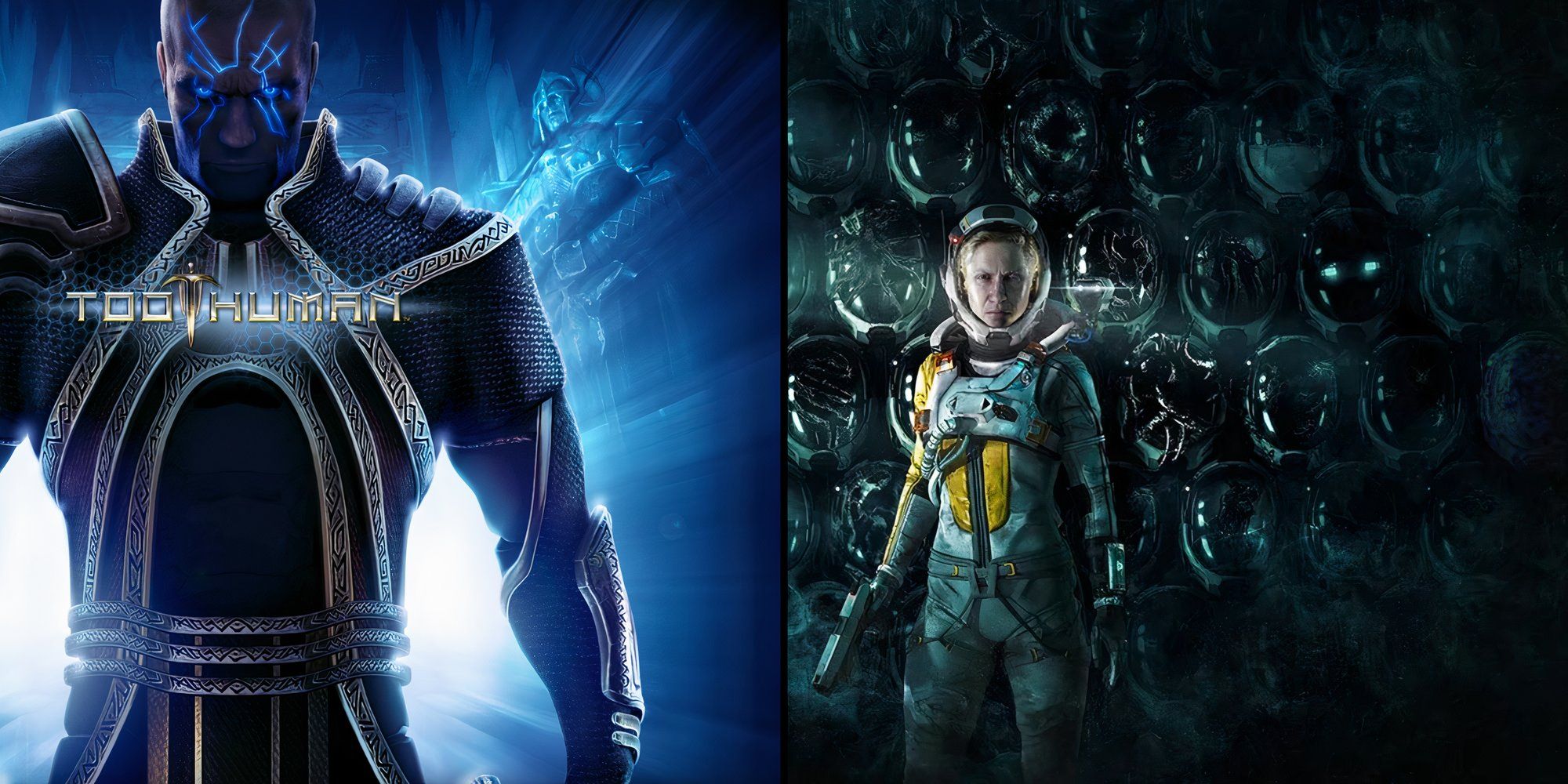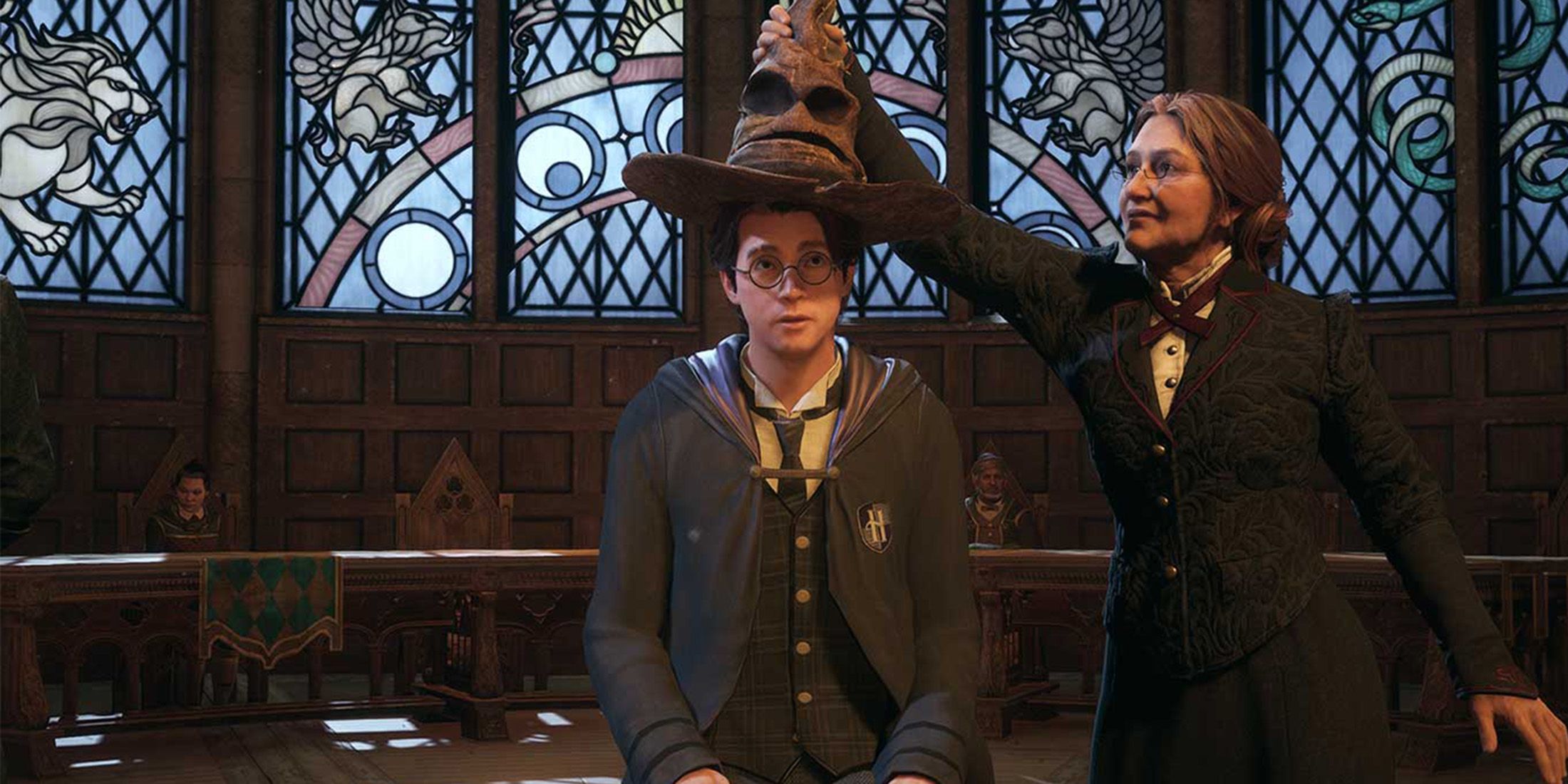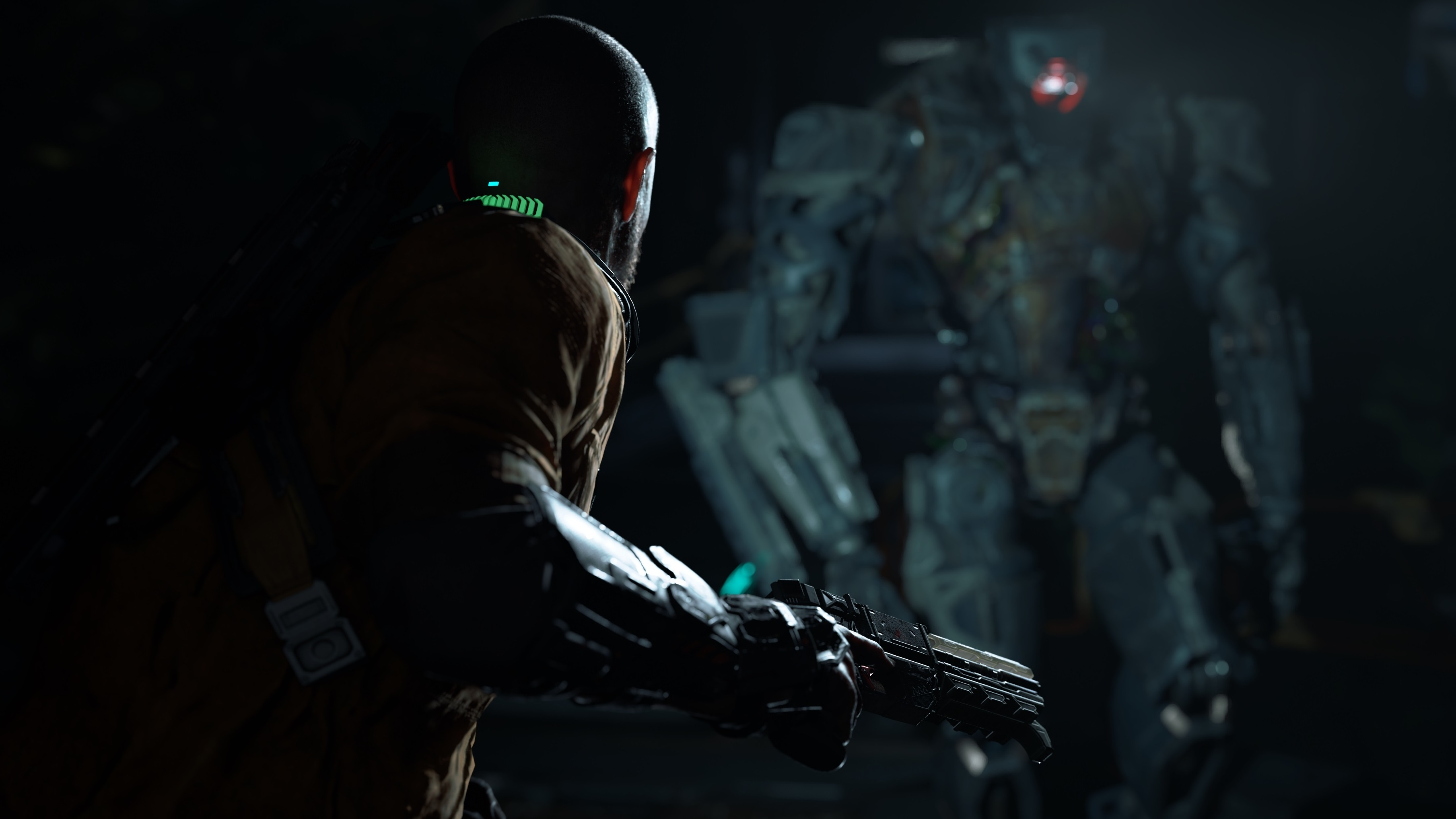It may be unfair to say because The Callisto Protocol is a new IP, but there are areas where it simply pales in comparison to other survival-horror games like it. The Callisto Protocol is a high-fidelity game with impeccable graphics, for example, but fans were unfortunately not able to enjoy those graphics to their full extent at launch due to a plethora of technical issues. That said, The Callisto Protocol had something that other survival-horror game franchises sometimes lack in their debut entry, which is an enemy type that is starkly opposite from the game’s ordinary enemies.
Comparing The Callisto Protocol to Dead Space further, the former’s biophages are awfully reminiscent of the latter’s necromorphs. But while Dead Space only featured different necromorphs types, The Callisto Protocol included large, reinforced mechanoids called security units. These units are stationed in cell blocks and aid in the apprehension and escort of inmates at Black Iron, and The Callisto Protocol’s marketing made them appear like daunting threats. Instead, security units turn out to be an underwhelming gimmick and an underutilized enemy concept.
The Callisto Protocol’s Security Units Are Unmemorable and Unsatisfactory
The Callisto Protocol’s security units are introduced when Jacob Lee’s UJC Charon crashes, where two of these tall automatons appear alongside Captain Leon Ferris. Based on their size and stature it is clearly implied that these robots are incredibly strong, and that players would likely be no match for them.
Marketing for The Callisto Protocol provided a shot of Jacob as he watches two inmates get their heads blown off by a security unit as they try to flee, demonstrating that they are not to be trifled with. This introduces stealth in an interesting way, where players automatically assume that they will need to navigate around security units instead of attacking them head-on—any attempts at whacking them with the baton will result in a cinematic death animation, though, if players want to experience that.
Unfortunately, security units are impossibly easy to crab-walk around since they have predetermined patrol patterns and look in the opposite direction from where the player will be. Later on, these units are made even more trivial when players are able to actually decommission them with consecutive headshots, which can be done from afar as the unit starts to approach the player. Therefore, they are hardly enemies at all and compare more to a set piece.
Security Units Could Have Been Callisto Protocol’s Coolest Enemies
This is mainly disappointing because security units had an opportunity to make The Callisto Protocol stand out among its survival-horror peers. If The Callisto Protocol’s security units hunted Jacob Lee like Resident Evil 2’s Mr. X hunts Leon S. Kennedy, for example, it would be a much different experience. Stealth is a considerable part of The Callisto Protocol, but the problem with integrating stealth sequences early is that it makes security units seem much more dangerous than they turn out to be. Having the ability to decommission a unit makes Jacob far more formidable as a result, and so long as players have an upgraded pistol, they can always gain the upper hand.
It was previously believed that security units could offer The Callisto Protocol some enemy diversity, but it has become clear that they are a gimmick and not a dedicated enemy type. These units could have offered much more to gameplay, and it is unfortunate that they did not live up to their full potential.
The Callisto Protocol is available now on PC, PS4, PS5, Xbox One, and Xbox Series X/S.






